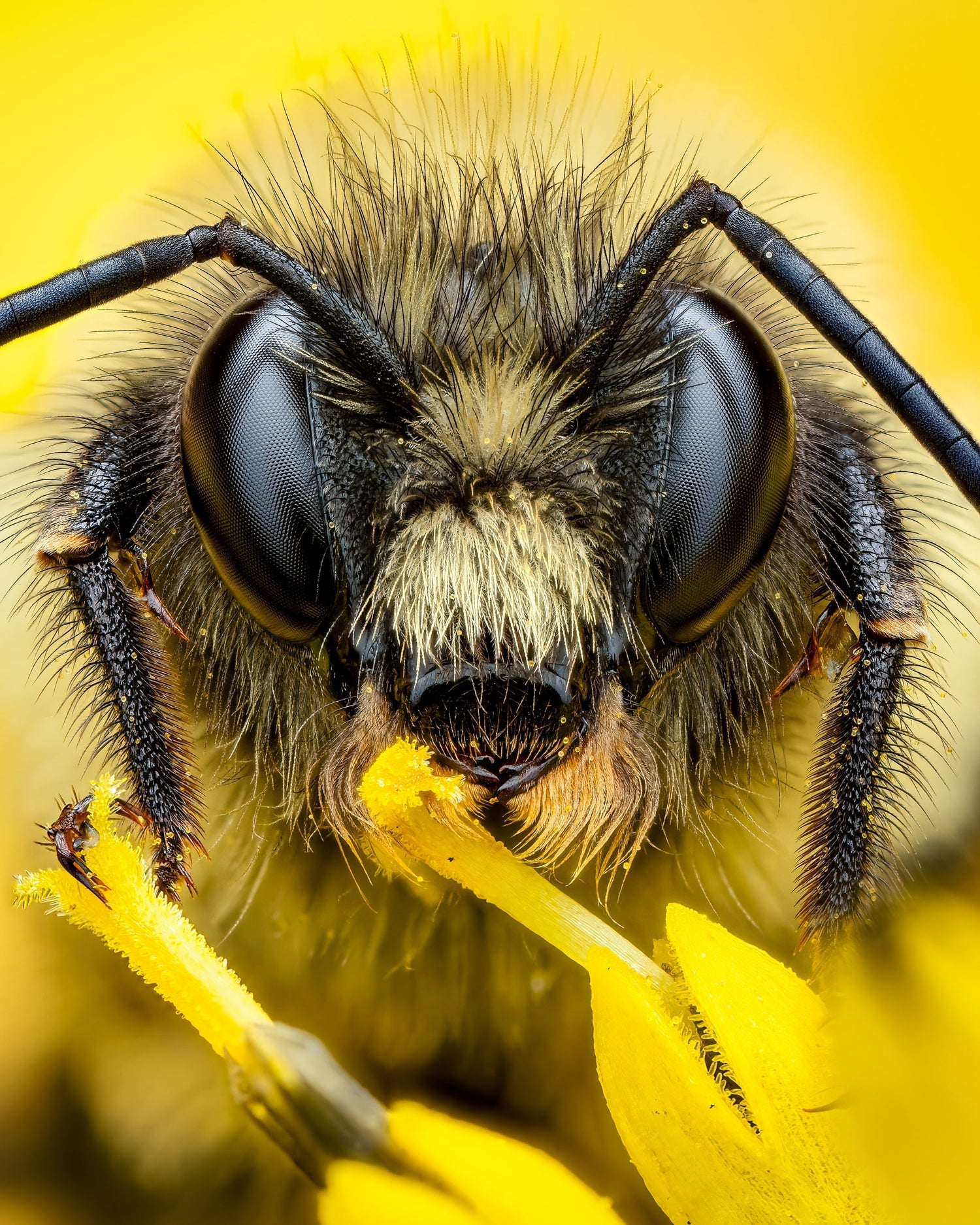The Northern Lights, or Aurora Borealis, represent one of nature's most stunning visual displays. Capturing this phenomenon with a camera can be both a challenging and fulfilling experience for photographers. In August 2024, thanks to increased solar activity, there will be prime opportunities to view and photograph the Northern Lights. This article will focus on the best places in the United States to witness this celestial event and provide detailed camera settings as well as camera gear suggestions to help you capture its magnificent beauty.
Where to see the Northern Lights in the United States
Certain U.S. locations offer advantageous conditions for observing and photographing this natural wonder:
-
Fairbanks, Alaska: Sitting directly under the "Aurora Oval," Fairbanks is one of the best places in the world to see the Northern Lights. The city provides one of the highest probabilities of aurora sightings, combined with relatively temperate weather for the region during this period.
-
Denali National Park, Alaska: Aside from its stunning landscapes, Denali offers very dark skies, which are crucial for viewing the Northern Lights. Its expansive, open spaces away from light pollution make it an ideal location for photographers.
-
Upper Peninsula, Michigan: The Upper Peninsula offers relatively dark skies and a good northern horizon, making it a feasible spot for aurora viewing. Places like Marquette and Copper Harbor are popular among stargazers.
-
Idaho Panhandle National Forests, Idaho: The northern parts of Idaho, away from city lights, can provide a dark enough sky to catch the Northern Lights when they are strong.
-
Aroostook National Wildlife Refuge, Maine: This location in northeastern Maine offers dark skies and a good latitude for catching the auroras on strong solar activity nights.
-
Northeast Kingdom, Vermont: Another northern location with minimal light pollution, making it suitable for viewing the Northern Lights during strong geomagnetic storms.
-
Glacier National Park, Montana: The park provides expansive dark skies which can be an excellent backdrop for aurora sightings, especially along the northern parts facing Canada.
-
Northern Minnesota: Areas around the Boundary Waters Canoe Area Wilderness and Voyageurs National Park are great for catching the auroras. These locations are far enough north and have minimal light pollution, enhancing visibility on clear nights.
Camera Settings to Capture the Northern Lights
Successfully photographing the Northern Lights involves using specific settings on your camera. Here’s what you need to know:
Camera Mode
- Manual Mode: Essential for controlling exposure, focus, and white balance independently.
ISO Settings
- ISO 800 to 3200: Begin at ISO 800 and adjust upwards as needed, depending on the aurora’s brightness and the desired clarity.
Aperture
- f/2.8 to f/4: Opt for a lens with a wide aperture to allow more light to reach the sensor, capturing more details of the lights.
Shutter Speed
- 5 to 15 seconds: Adjust shutter speed based on the aurora’s movement—shorter for more dynamic movements, longer for slower, more diffuse appearances.
Focus
- Manual Focus: Set to infinity to ensure the stars and aurora are sharp. Double-check and adjust as necessary.
White Balance
- Auto or Daylight Setting: Typically, these settings yield natural colors for night skies and auroras, though adjustments might be needed based on your specific conditions and preferences.
Tips for Photographing the Northern Lights
-
Use a Tripod or Camera Mount: Essential for stability during long exposures.

- Remote Shutter Release: Minimizes camera shake when triggering the shutter.
- Dress Warmly: Prepare for cold night conditions, especially in remote and northern locations.
- Experiment: Vary your settings based on the behavior of the aurora and review your photos to make necessary adjustments.
Photographing the Northern Lights in the U.S. is an exhilarating endeavor that blends artistic skill with technical expertise. By choosing the right location and mastering the suggested camera settings, you’re well on your way to capturing the awe-inspiring beauty of the auroras. Gear up, embrace the chill of the night, and prepare for a magical experience under the dancing northern skies.




